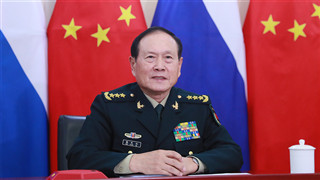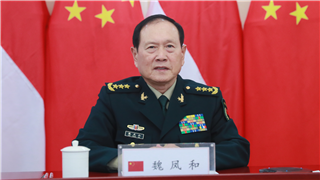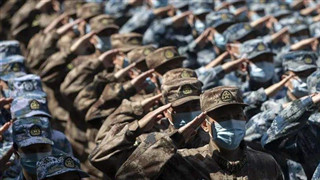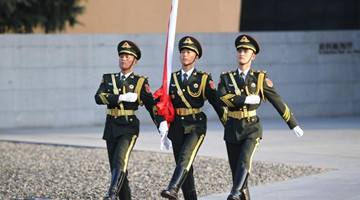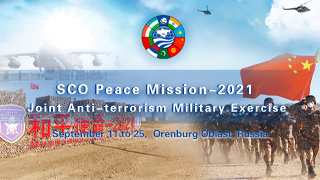By Hu Bo
US Secretary of State Blinken arrived in Indonesia’s capital Jakarta on December 13, where he is expected to give a speech on America’s “Indo-Pacific strategy”. His first Southeastern Asian trip after taking office will also take him to Malaysia and Thailand.
Southeast Asia has become increasingly important in the strategic contention between the US and China, reported some media. The reason is simple. In addition to maintaining its political, economic and military clout, the US takes containing and curbing China on the sea as a key consideration.
From America’s point of view, the South China Sea and its surrounding regions are extremely important both for its “Indo-Pacific strategy” and the “Return to Sea Control” policy. But since the end of the Cold War, Southeast Asia has been a weak link in America’s military strategy and maritime strategy in Asia Pacific, as manifested in the seriously inadequate forward military presence, lack of reliable strategic pivot, and absence of a powerful alliance system. Therefore, amid the chant and narrative of “major country competition” and “China threat”, the US has spared no effort in stressing Southeast Asia’s position in its strategy.
However, what the US has done in the past ten-plus years falls far short of its official fancy promises as all the progress is concentrated in military security. Washington has markedly increased its military presence in the South China Sea and Southeast Asia, with ever more frequent close-in reconnaissance, cruise and deterrence in the South China Sea. It has also intensified interaction and cooperation with Southeast Asian countries in military exercise, training and arms deals.
But not much has been done in diplomatic, economic and other fields. For one thing, America is only interested in military security while diplomatic engagement and economic aid and cooperation are just candies to lure in the Southeast Asian countries. For another, America is incapable of doing things on all fronts in parallel. With the change of administrations, its policies are never consistent, its economic strength and influence are falling, and its soft power is waning, all of which have taken a serious toll on the implementation of its strategies and policies.
In the meantime, most Southeast Asian countries are disgruntled by America’s regional and maritime strategies. First, the US takes Southeast Asia as the main battlefield of its so-called “major-country competition” and is trying more overtly to rally regional countries to form a reinforced front against China. But most regional countries don’t want to take sides between the two powers. Even if some of them that have maritime disputes with China hope the US can curb so-called China’s “expansion on the sea”, they are in no way willing to serve as cannon fodder in the China-US competition or even conflict.
Second, the US is half-hearted in helping Southeast Asia and often stops at paying lip service. The US is the most unreliable major power in all ASEAN’s cooperation mechanisms, worse than countries such as China, Japan, ROK, Australia and Russia in terms of policy continuity. The US also lags far behind China and Japan in regional economic development and cooperation and infrastructure upgrade.
Third, America’s tricks of forging small multilateralism and clique will impair ASEAN’s much-valued central position in East Asian cooperation. ASEAN countries are obviously not key members in America’s Indo-Pacific strategy. There is a strategic mismatch between the US and ASEAN because the former is so bent on major-country competition that it has neither the ability nor the will to provide more public products in other areas, whereas Southeast Asian countries are still focused on socio-economic development, and the protection, hedging and containment provided by the US, important as they are, are not that essential or indispensable.
No matter how sounding Washington’s diplomatic rhetoric is, its fundamental purpose in strengthening the engagement with Southeast Asia is for countries in the region to arm themselves at their own expenses and join its anti-China “regiment”. To put it blankly, it wants to use other’s capital, resources and space to shore up its own strategic weakness.
Editor's note: This article is originally published on huanqiu.com, and is translated from Chinese into English and edited by the China Military Online. The information, ideas or opinions appearing in this article do not necessarily reflect the views of eng.chinamil.com.cn.


